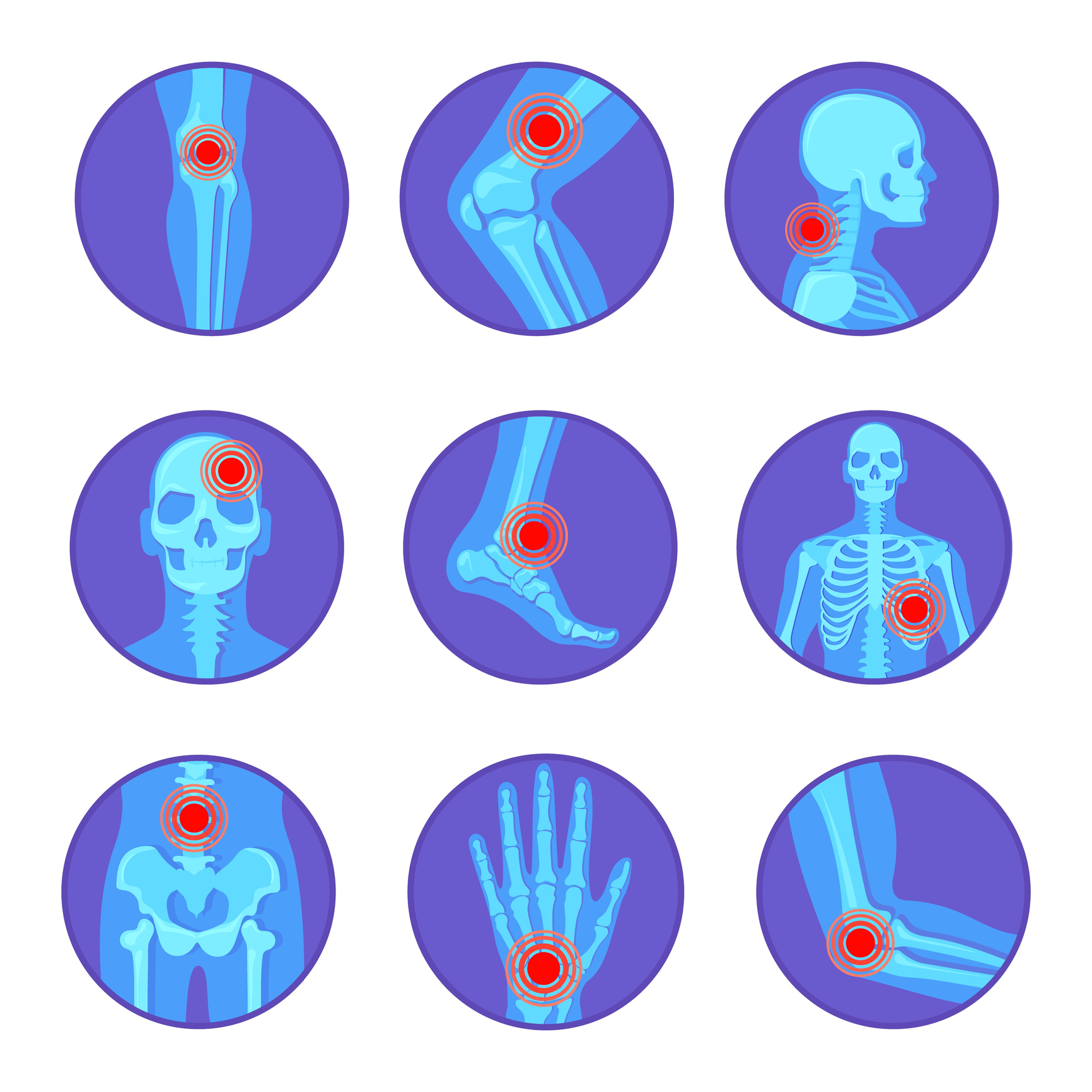Age-adjusted hip fracture is on the decline in the US, and the decrease has been attributed to osteoporosis treatment. This study aims at examining the cause of decreasing hip fracture incidence over the last four decades in the US.
This is a population-based cohort study consisting of a total of 4,918 men and 5,634 women. The participants were followed up for the first hip fracture between 1 January 1970 and 31 December 2010. The data were analyzed from 1 May 2019 to 30 May 2020, with the primary outcomes and factors being the incidence of hip fractures analyzed with age-period-cohort models.
When adjusted for age, the incidence of hip fracture decreased by 4.4% per year from 1970 to 2010. The decrease in hip fracture coincided with a reduction in smoking and heavy drinking. Smoking decreased from 38% in the 1970s to 15% in the late 2000s, and heavy drinking reduced from 7% to 5%. The prevalence of other risk factors, including underweight and early menopause, was stable during the study period.
The research concluded that individuals born more recently were at a lower risk of hip fracture. Reductions in heavy drinking and smoking coincided with the reduced incidence of hip fractures. There was not enough evidence to consider that the reduced incidence of hip fractures is solely due to better treatment.
Ref: https://jamanetwork.com/journals/jama/fullarticle/184708


